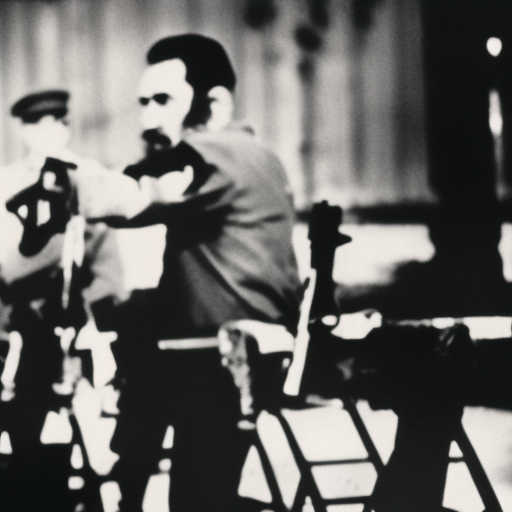Fidel Castro: The Revolutionary Leader of Cuba
Fidel Castro, born on August 13, 1926, in Birán, Cuba, was a prominent figure in the history of Cuba and the world. He led the Cuban Revolution, overthrowing the U.S.-backed dictator Fulgencio Batista in 1959, and went on to become the Prime Minister and later the President of Cuba. Castro’s leadership and policies had a significant impact on Cuba and the global stage.
Rise to Power
Castro’s journey to power began with his involvement in student politics and his opposition to Batista’s regime. In 1953, he led an unsuccessful attack on the Moncada Barracks, which resulted in his imprisonment. After his release, he went into exile in Mexico, where he formed the 26th of July Movement, named after the failed attack. In 1956, Castro and a group of rebels, including Che Guevara, returned to Cuba and initiated a guerrilla war against Batista’s forces.
The Cuban Revolution
The Cuban Revolution, which lasted from 1956 to 1959, was a pivotal moment in Castro’s career. The revolution gained support from various sectors of Cuban society, including peasants, workers, and intellectuals, who were disillusioned with Batista’s corrupt regime. Castro’s guerrilla tactics and charismatic leadership helped him gain popular support and weaken Batista’s forces.
Triumph and Consolidation of Power
On January 1, 1959, Batista fled the country, and Castro’s forces took control of Havana. Castro became the Prime Minister of Cuba and embarked on a series of reforms aimed at improving the lives of ordinary Cubans. These reforms included land redistribution, nationalization of industries, and the establishment of social programs in education and healthcare.
The Bay of Pigs Invasion
In 1961, the United States, concerned about Castro’s socialist policies and alignment with the Soviet Union, supported a failed invasion of Cuba by Cuban exiles. Known as the Bay of Pigs invasion, it aimed to overthrow Castro’s government. The invasion was a disaster and further solidified Castro’s position as a symbol of resistance against U.S. imperialism.
The Cuban Missile Crisis
In 1962, the world came close to nuclear war during the Cuban Missile Crisis. The crisis was sparked by the discovery of Soviet nuclear missiles in Cuba. Castro supported the Soviet Union’s decision to place the missiles in Cuba, seeing it as a deterrent against U.S. aggression. However, the crisis was resolved through negotiations between the U.S. and the Soviet Union, with the missiles eventually being removed from Cuba.
Domestic Policies and International Influence
Castro’s domestic policies had a profound impact on Cuba. While his reforms improved access to education and healthcare, they also led to restrictions on political freedoms and a centrally planned economy. Castro’s government faced criticism for human rights abuses and lack of democratic institutions.
Internationally, Castro became a prominent figure in the Non-Aligned Movement, advocating for the rights of developing nations and opposing imperialism. He supported revolutionary movements in other countries, providing military and ideological support to groups fighting against colonialism and imperialism.
Legacy
Castro ruled Cuba for nearly five decades, stepping down as President in 2008 due to health issues. He was succeeded by his brother, Raúl Castro. Fidel Castro’s legacy is a subject of debate. Supporters see him as a champion of social justice and a symbol of resistance against U.S. imperialism. Critics argue that his authoritarian rule stifled political freedoms and hindered economic development in Cuba.
In conclusion, Fidel Castro’s leadership and the Cuban Revolution had a profound impact on Cuba and the world. His rise to power, the triumph of the revolution, and his policies shaped Cuba’s domestic and foreign affairs. Castro’s legacy continues to be a topic of discussion, reflecting the complex nature of his rule and the lasting effects of his policies.












